In today’s fast-moving world of social media, Instagram stands out as a top space for sharing creative content and connecting with others. But, many users face a common problem: the shadowban. This hidden issue can greatly reduce your visibility on the platform. This guide is here to explain what a shadowban is and give you clear steps to avoid it in 2024. An Instagram shadowban is the term used to describe the platform’s act of silently restricting an account’s content visibility. This can result in your posts not appearing on anyone’s feed, Explore page, or Story reel unless they’re already following you. While not an official term used by Instagram, the effects of what users describe as a shadowban can be felt significantly: decreased engagement, lost followers, and reduced reach. The frustration lies in the lack of notification or warning from Instagram, leaving users confused and unaware of their decreased visibility. The concept of the Instagram shadowban revolves around the platform’s algorithms and moderation practices intended to maintain a safe and engaging environment. These systems automatically filter out content that may violate Instagram’s Community Guidelines or Terms of Use. When an account frequently engages in questionable activities—such as repetitive use of banned hashtags, spammy behavior, or posting inappropriate content—it may trigger the platform’s protective measures, thus reducing the account’s visibility. Although Instagram denies the existence of shadowbanning, the automated nature of content moderation means that genuine accounts can sometimes be unfairly penalized. 1. Respect the Community Guidelines: Immerse yourself in Instagram’s Community Guidelines and Terms of Service. It’s like the rulebook of the sea—know it, live by it. Foster a positive environment, steer clear of inappropriate content, and ensure all your uploads are rightfully yours or properly licensed. 2. Humanize Your Actions: If your Instagram activity resembles that of a bot, with superhuman speed in liking, following, or commenting, you’re inviting suspicion. The platform’s spam policies are clear: no hyperactive, automated behaviors. So, slow down, be human, and avoid raising red flags that could freeze your account. 3. Consistency is Key: Erratic posting can be as harmful as a shadowban itself. Regular, consistent engagement keeps your ship afloat in the vast Instagram ocean, ensuring your followers—and potential new ones—continue to enjoy your content. 4. Avoid Banned Hashtags: Like navigating through treacherous waters, using the wrong hashtags can sink your visibility. Regularly audit your hashtags, removing any that have been banned or deemed problematic by Instagram. 5. Sensitive Content Warnings: When discussing delicate topics, it’s crucial to handle them with care. Use content warnings, and when necessary, blur out sensitive imagery. Instagram might curb your reach if it believes you’re promoting harmful content, even if your intent is to raise awareness. There are actionable steps you can take to try to lift the veil of invisibility and get back into the good graces of the algorithm. Here’s a roadmap to recovery if you suspect you’ve been shadowbanned: While the shadowban remains a topic of debate, what’s undeniable is Instagram’s commitment to maintaining a safe and authentic platform. By following the guidelines, engaging genuinely, and creating valuable content, you can navigate the platform confidently, without fear of being lost in the shadows. In 2024, let’s focus on building meaningful connections and sharing our best selves on Instagram, shadowban or not. At Isource Marketing, we firmly believe that businesses should take the latest trends to make their marketing actions more effective and boost their processes. Please, feel free to contact us for advice or quotes on marketing solutions, and take the bold step to enhance your B2B/B2C strategies with us.
How to avoid Instagram shadowban in 2024?
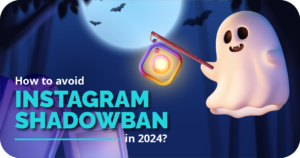
What is a Instagram shadowban?
How Instagram shadowban works?
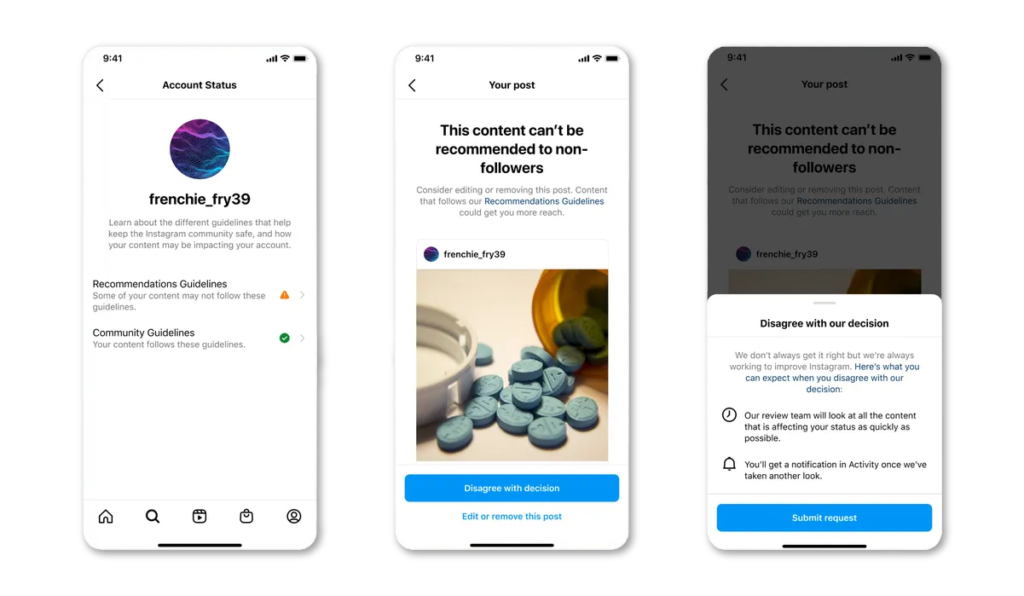
5 ways to avoid an Instagram shadowban
What can you do if you’ve been shadowbanned on Instagram?
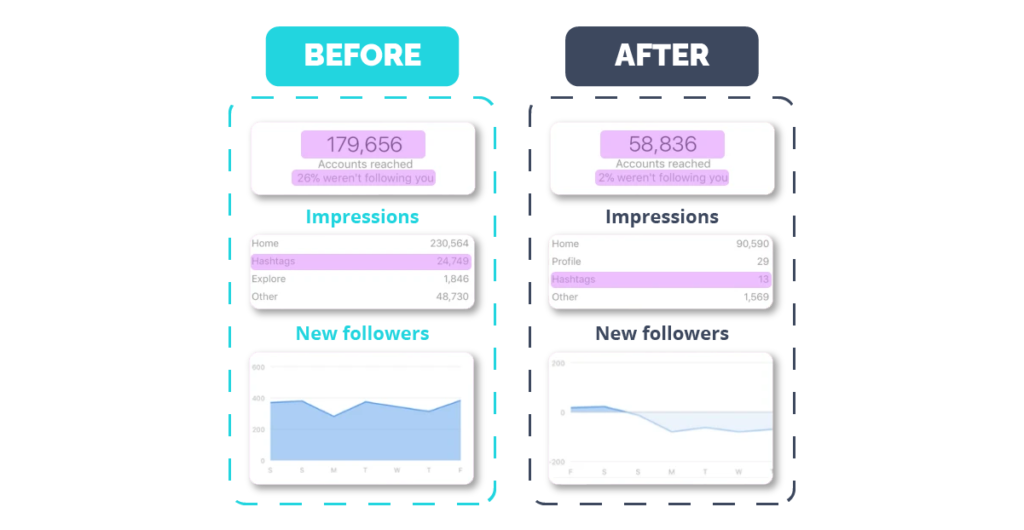

MORE ENTRIES

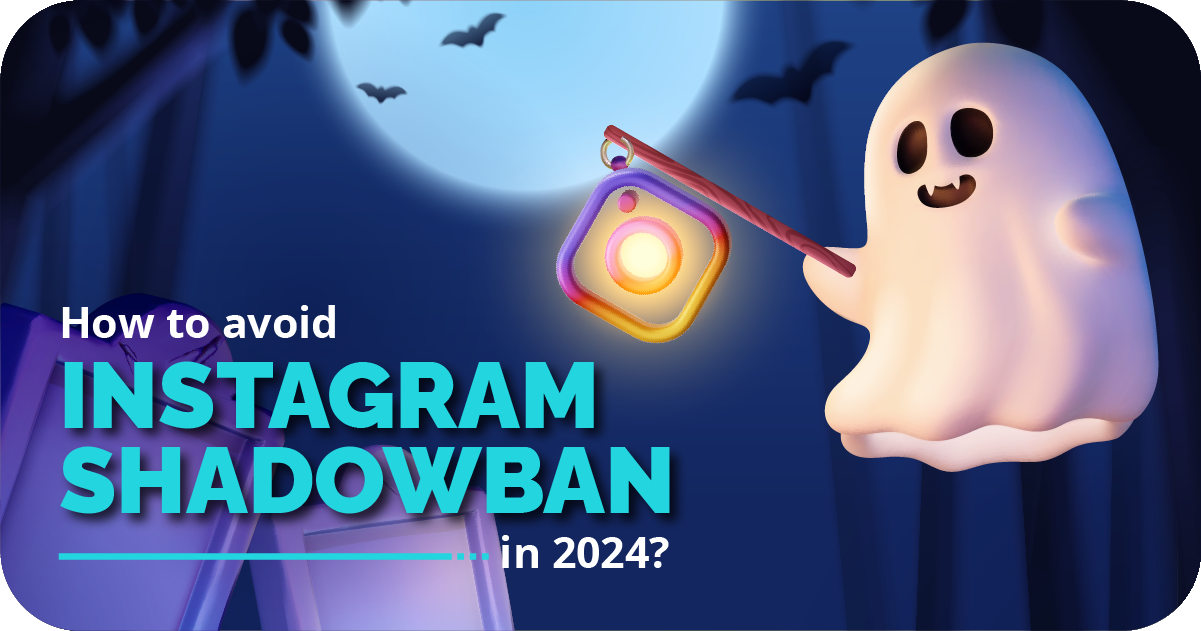

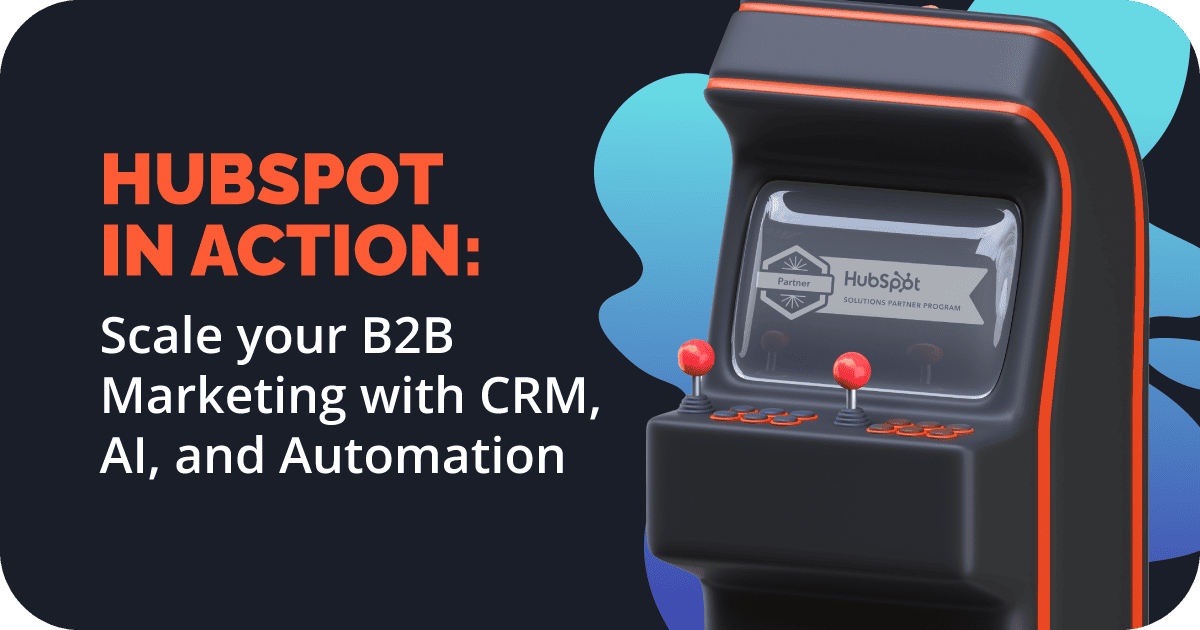
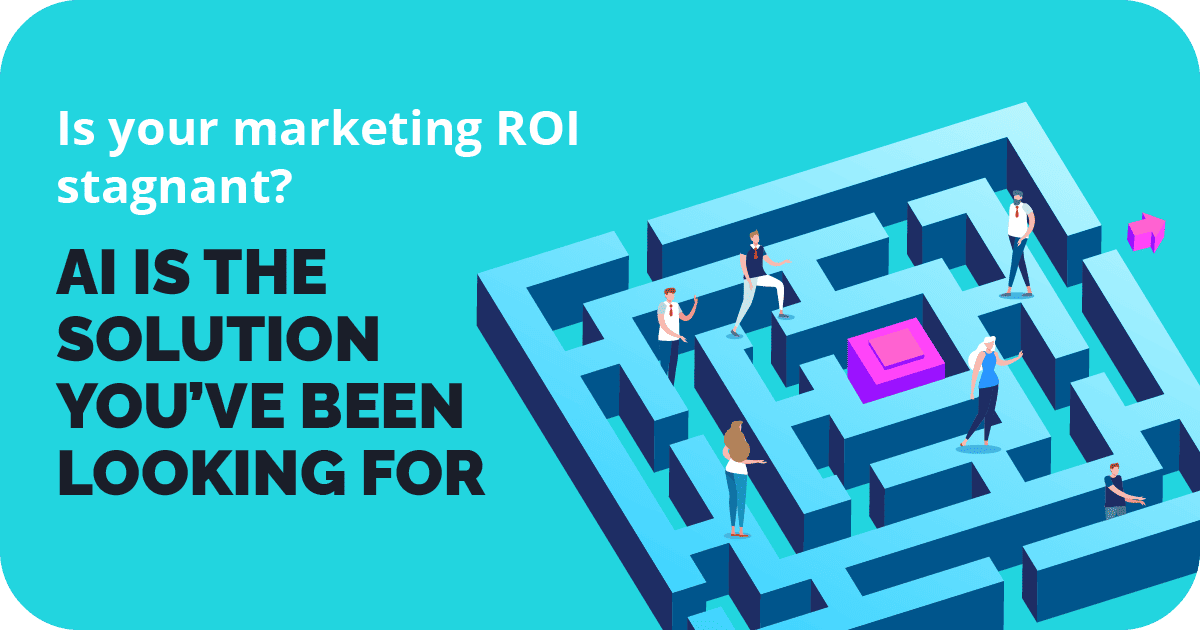
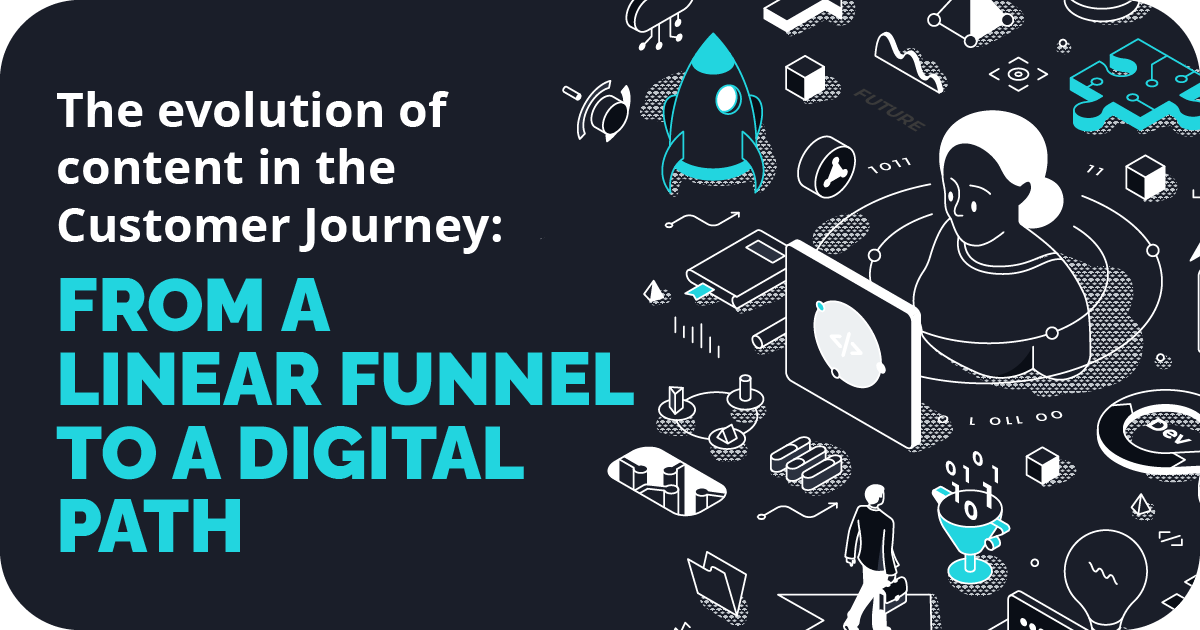
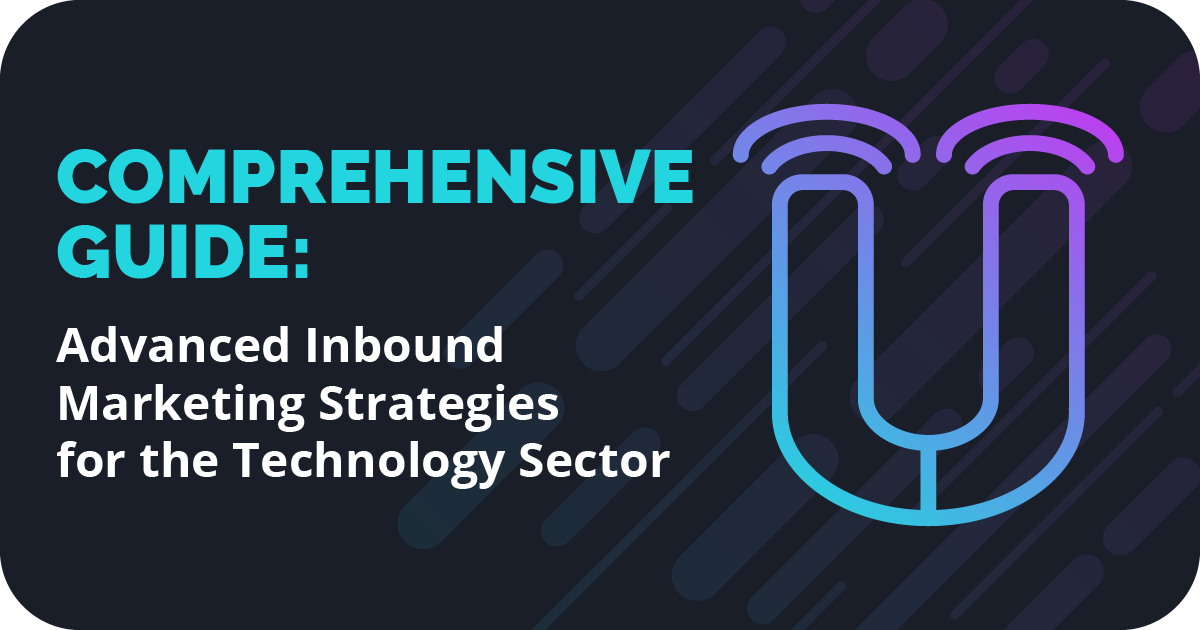
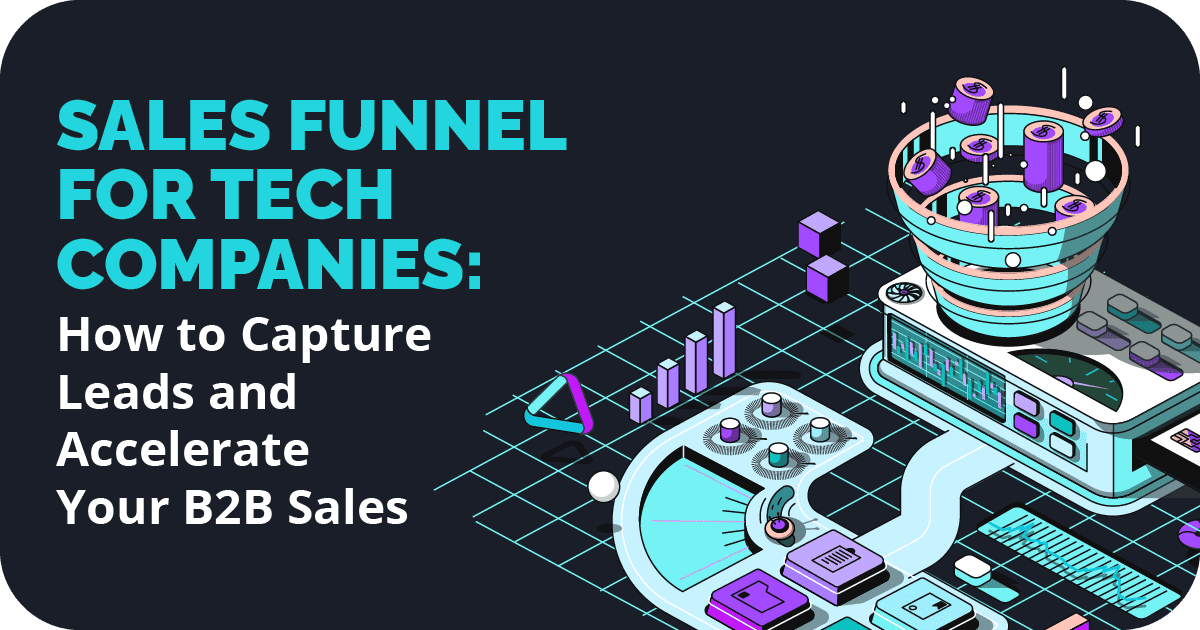
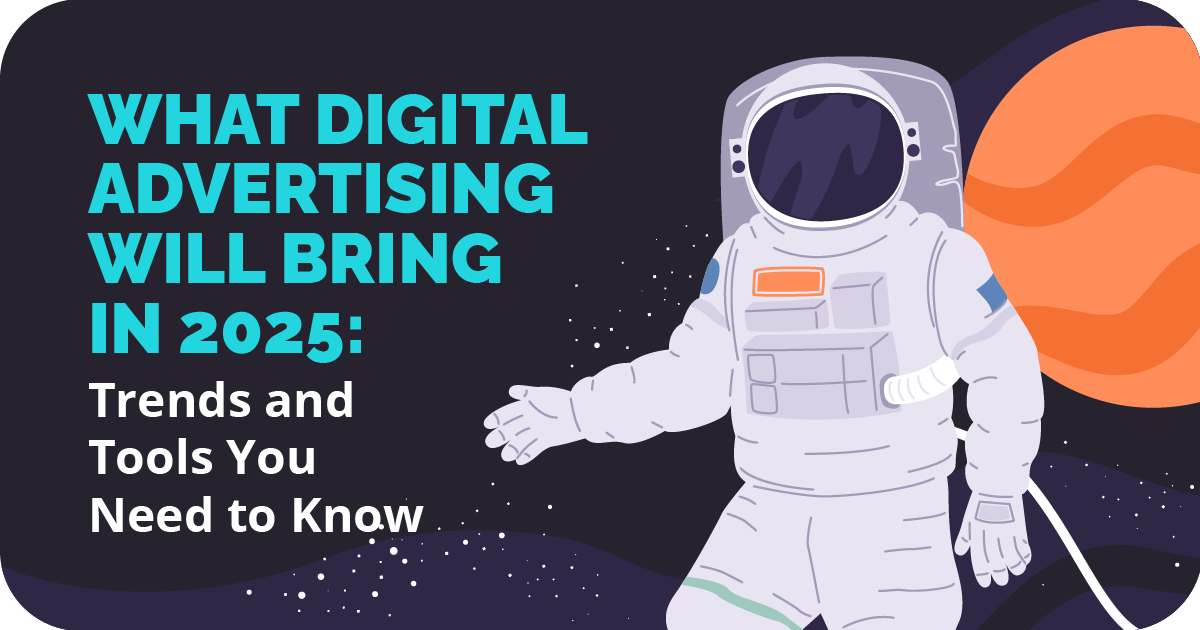
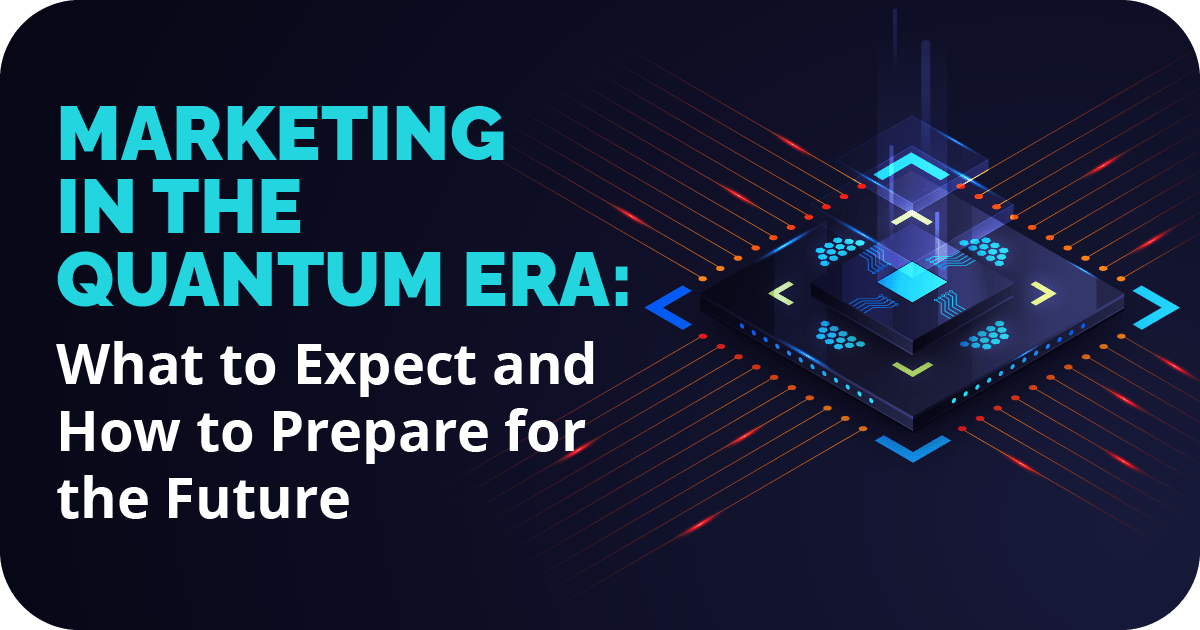
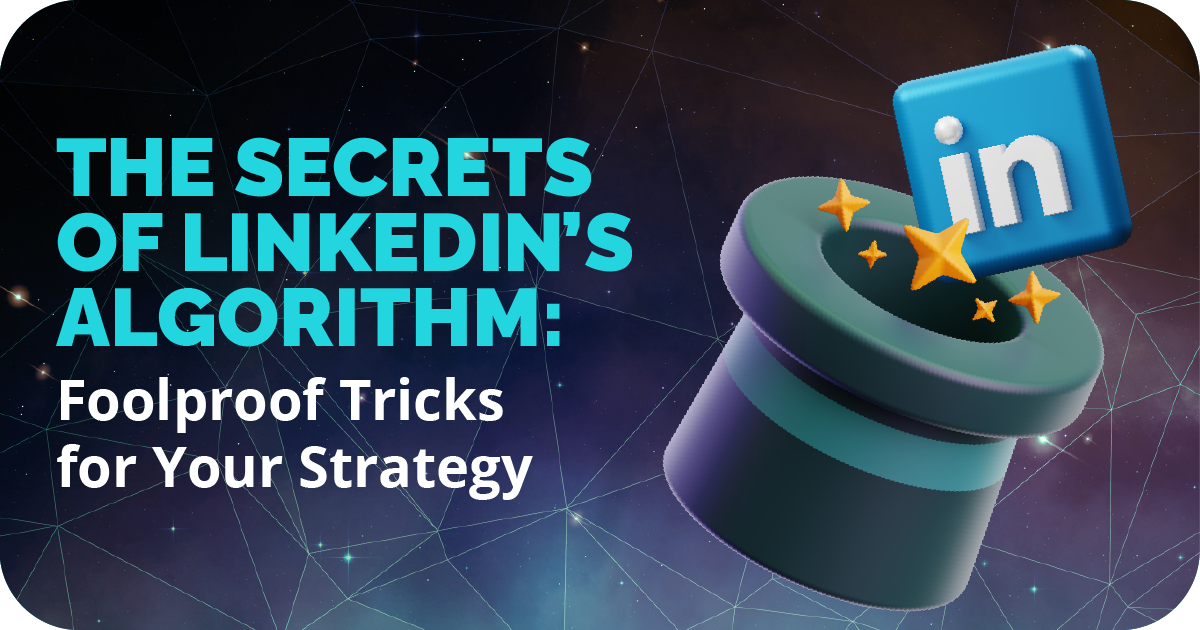
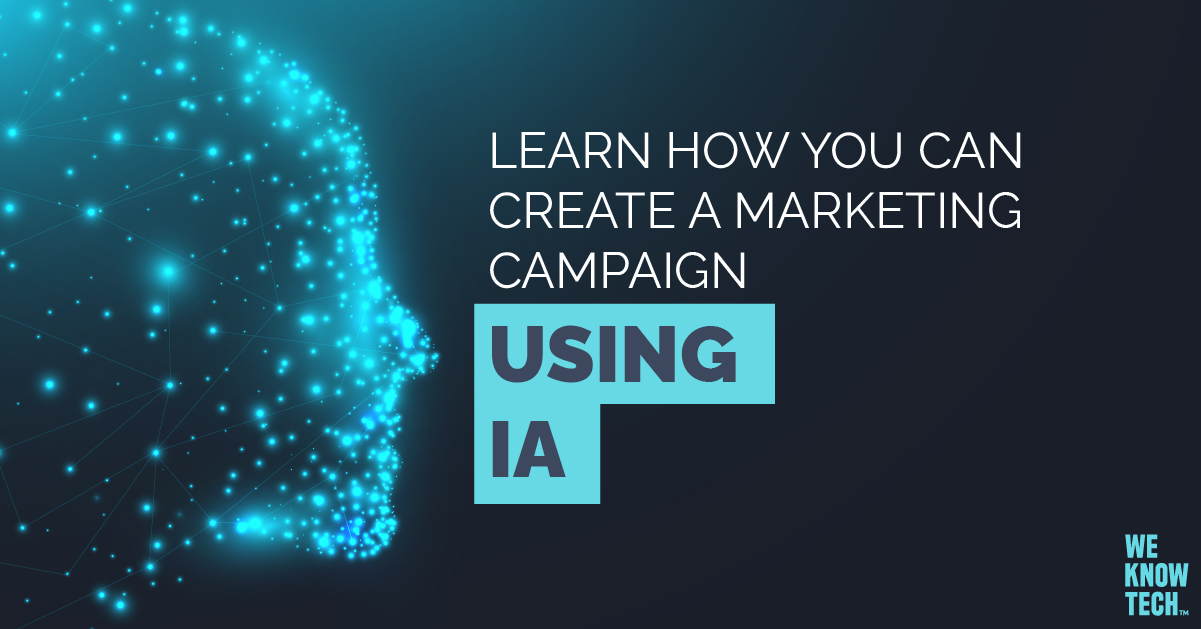
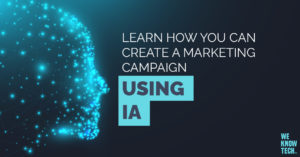











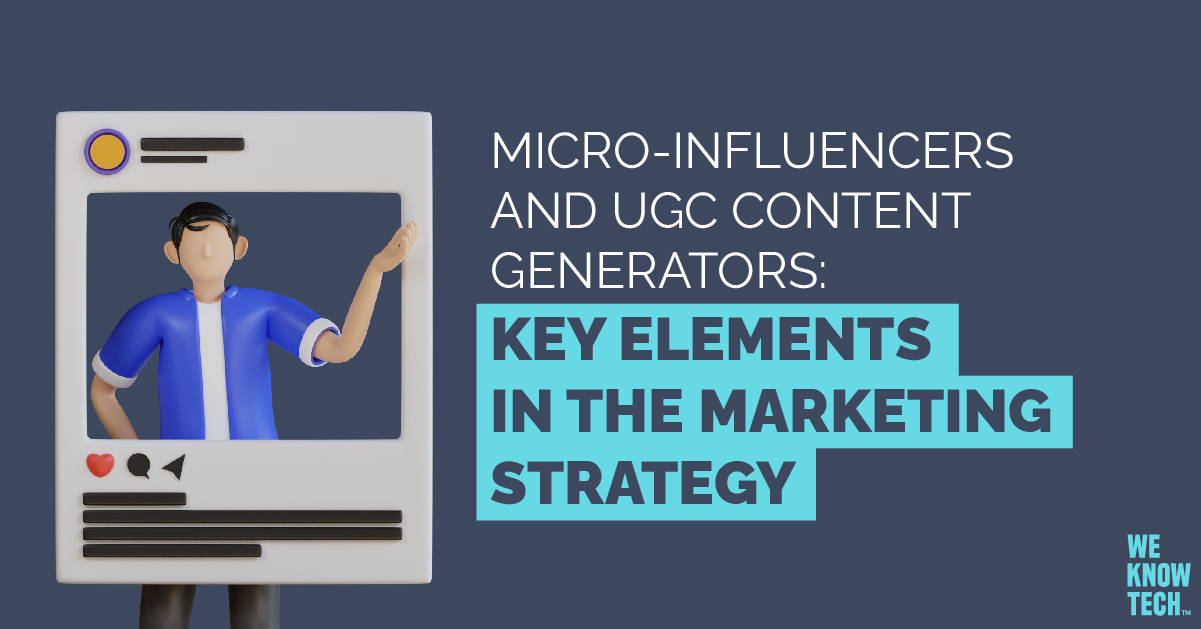
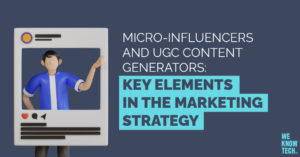










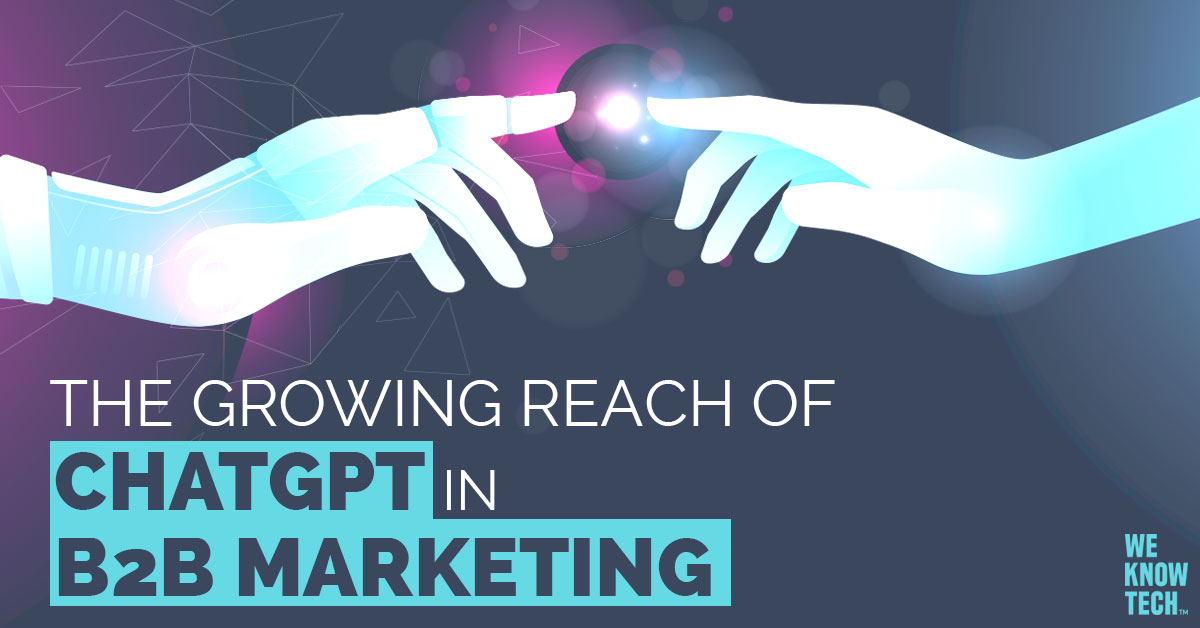
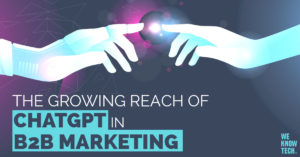






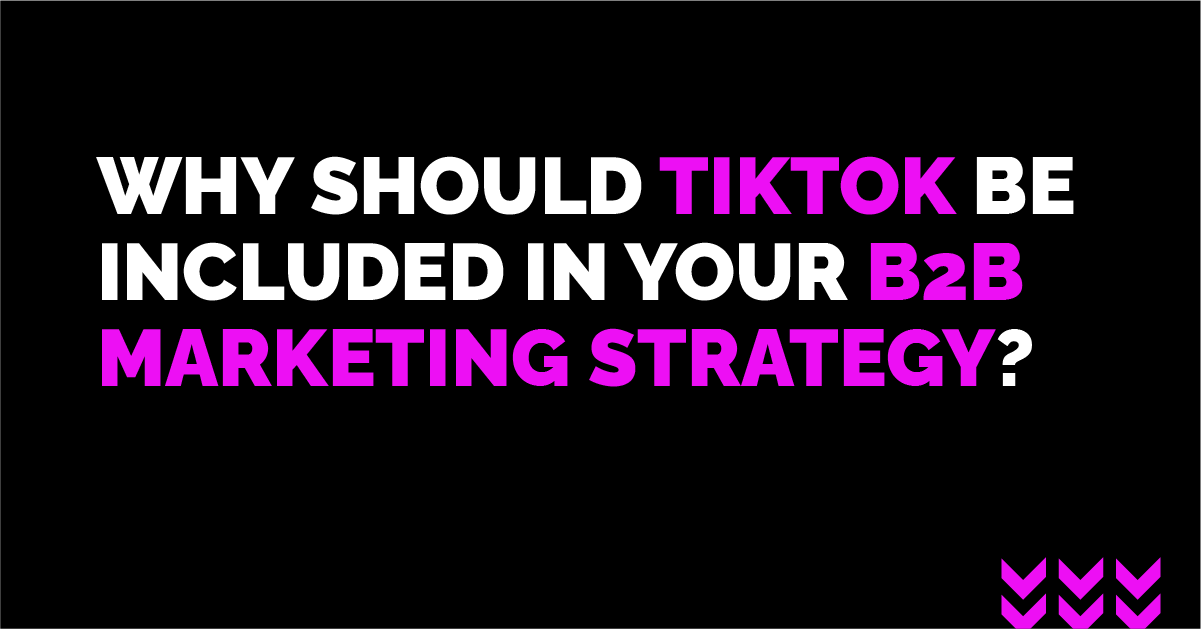
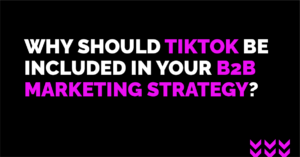





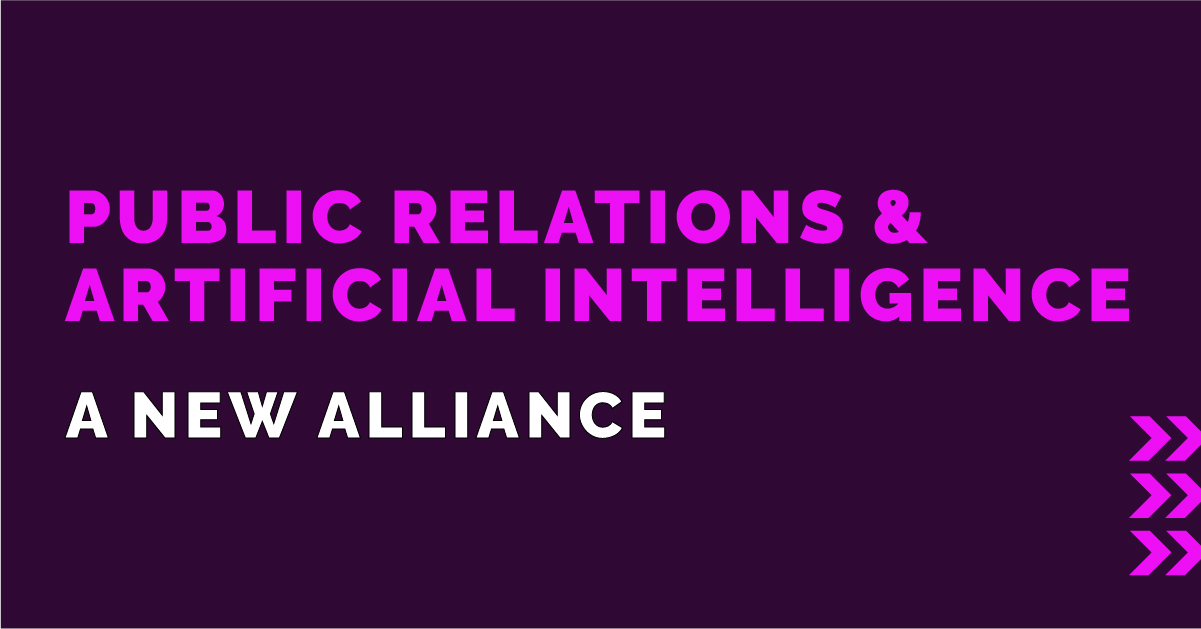
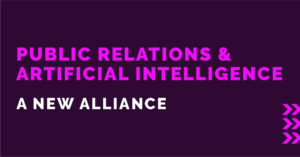 As digital transformation advances, many companies are turning to Artificial Intelligence (AI) to streamline repetitive processes and become more efficient. Public relations (PR) does not avoid this reality, since more efficient and successful public relations campaigns may be created by making clever use of AI. According to a study by the CIPR (Chartered Institute of Public Relations), the use of this technology in PR will triple in the next five years.
As digital transformation advances, many companies are turning to Artificial Intelligence (AI) to streamline repetitive processes and become more efficient. Public relations (PR) does not avoid this reality, since more efficient and successful public relations campaigns may be created by making clever use of AI. According to a study by the CIPR (Chartered Institute of Public Relations), the use of this technology in PR will triple in the next five years.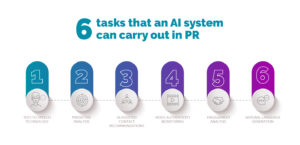
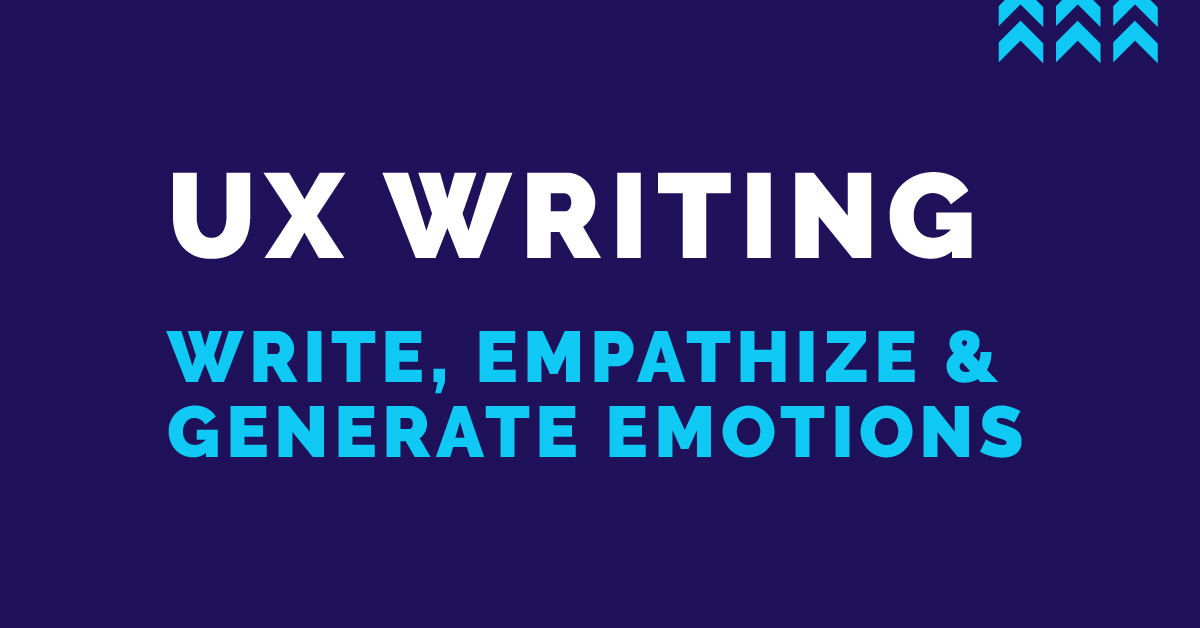
 One of the biggest challenges when writing on digital platforms is making the texts clear, concise, and useful. There is a powerful tool for this known as UX Writing (User Experience Writing), which is nothing more than writing based on the user’s experience, interaction, and emotions during the process.
One of the biggest challenges when writing on digital platforms is making the texts clear, concise, and useful. There is a powerful tool for this known as UX Writing (User Experience Writing), which is nothing more than writing based on the user’s experience, interaction, and emotions during the process. 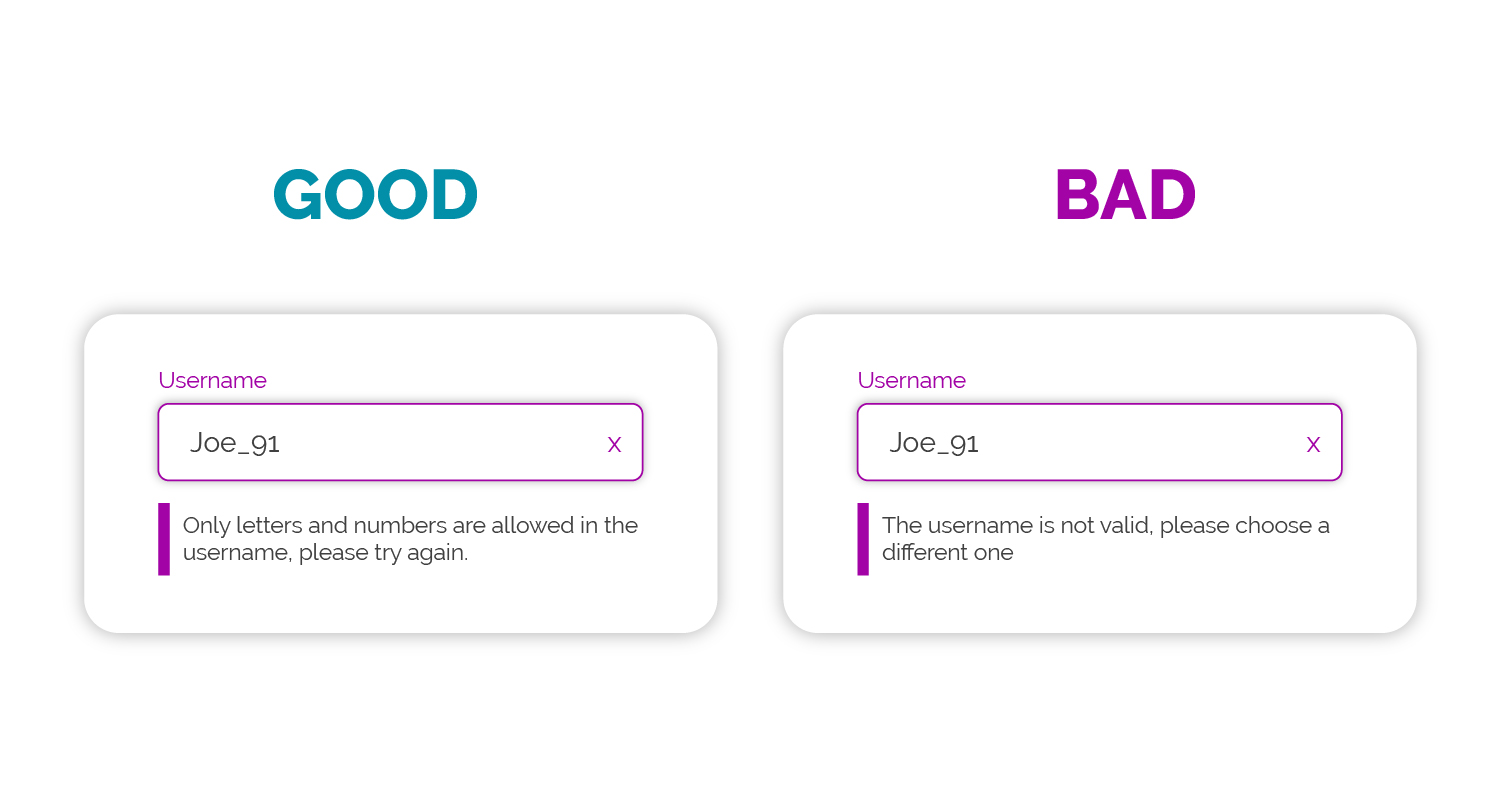
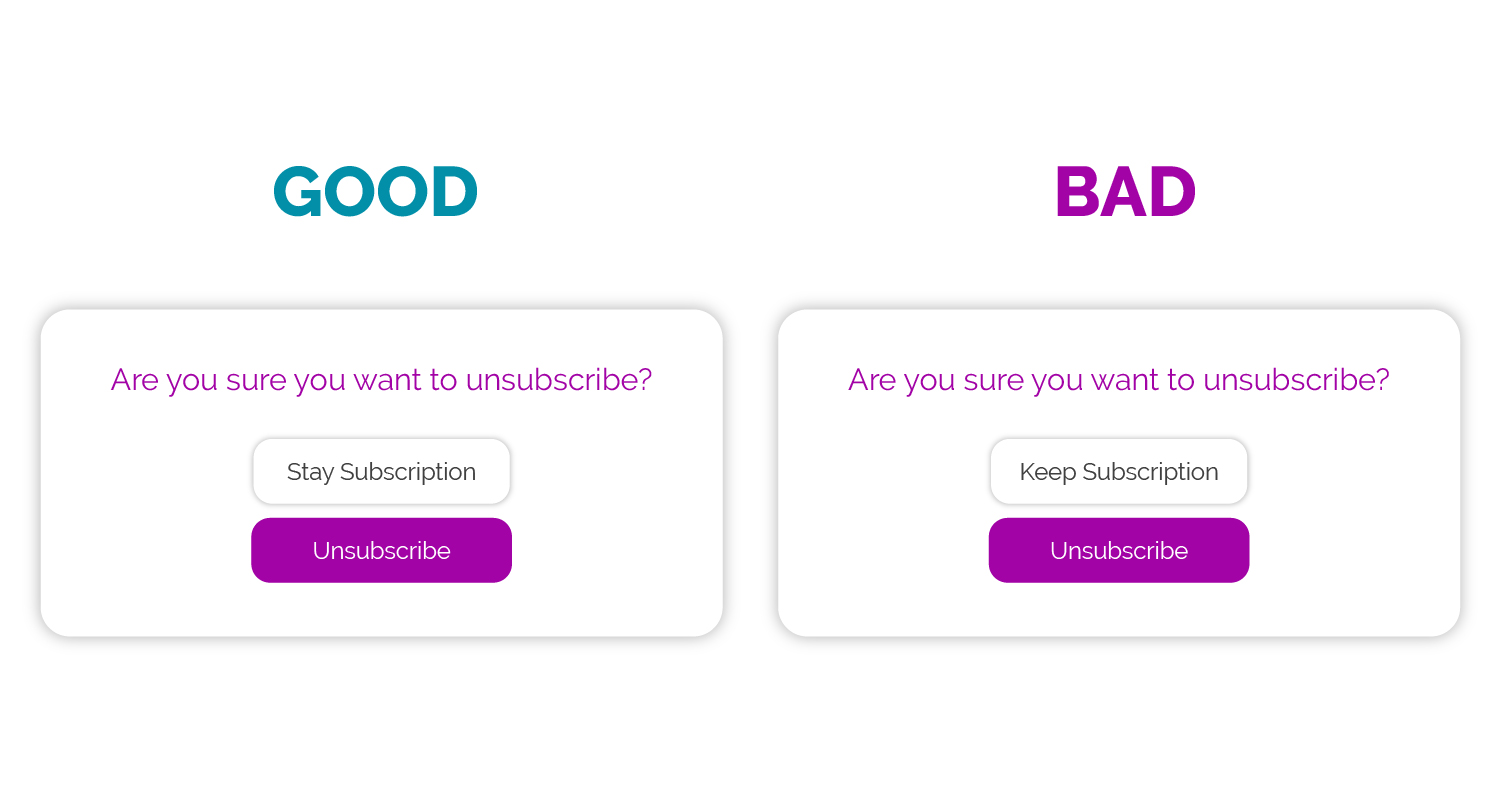
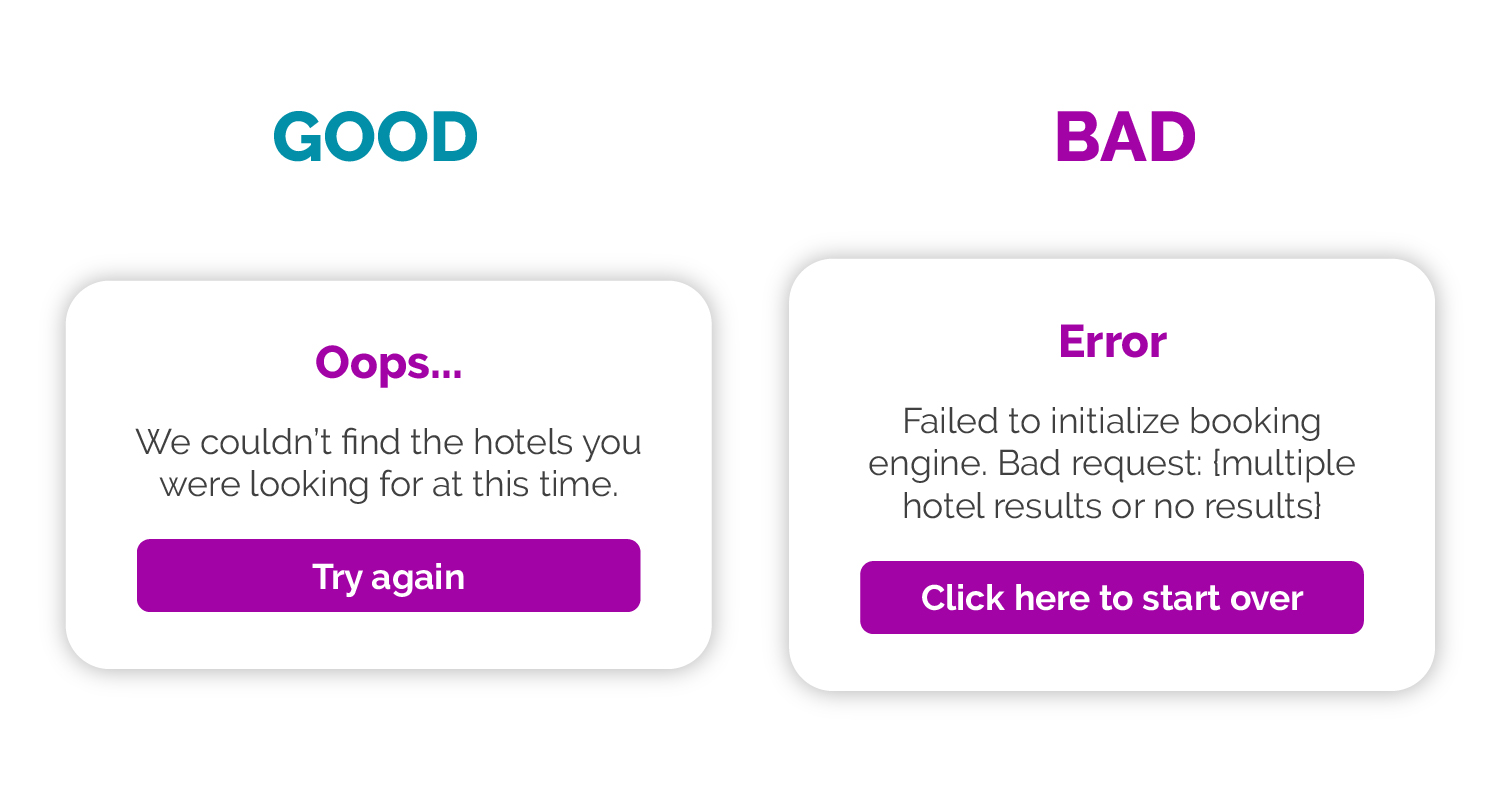


 Customer prospecting is of the utmost importance for any business. In the case of companies in the Business to Business (B2B) sector, the rationale is that their target audiences are more rational, specialized, and informed compared to those in the Business to Consumer (B2C) market, which requires a methodical, analytical, and a very orderly segmentation process. This comment is especially relevant after understanding that, according to
Customer prospecting is of the utmost importance for any business. In the case of companies in the Business to Business (B2B) sector, the rationale is that their target audiences are more rational, specialized, and informed compared to those in the Business to Consumer (B2C) market, which requires a methodical, analytical, and a very orderly segmentation process. This comment is especially relevant after understanding that, according to 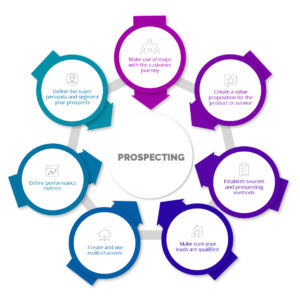

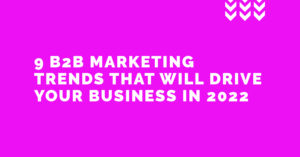 2020 and 2021 were challenging years for society and the global economy, but there is no denying the opportunities created by the digital revolution’s acceleration, particularly for enterprises in the Business to Business (B2B) sector and their sales and marketing areas. According to a
2020 and 2021 were challenging years for society and the global economy, but there is no denying the opportunities created by the digital revolution’s acceleration, particularly for enterprises in the Business to Business (B2B) sector and their sales and marketing areas. According to a 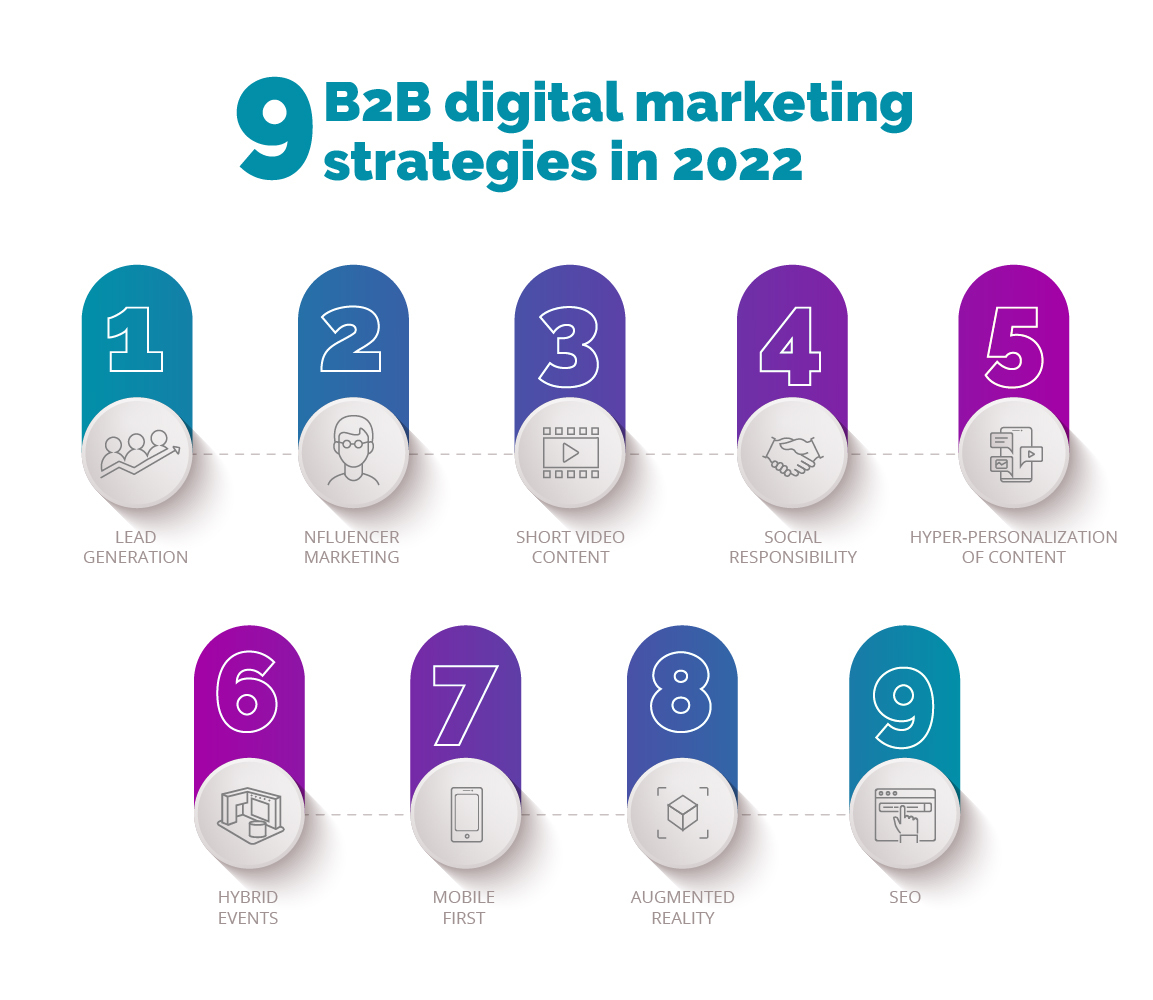 We hope you found our review of Digital Marketing Trends for 2022 beneficial; at the end of the day, it is part of our expertise in being the strategic B2B partner you need in this challenging year. At Isource Marketing we specialize in developing customized marketing strategies according to the needs of your business and adapted to the market. You can contact us by clicking
We hope you found our review of Digital Marketing Trends for 2022 beneficial; at the end of the day, it is part of our expertise in being the strategic B2B partner you need in this challenging year. At Isource Marketing we specialize in developing customized marketing strategies according to the needs of your business and adapted to the market. You can contact us by clicking 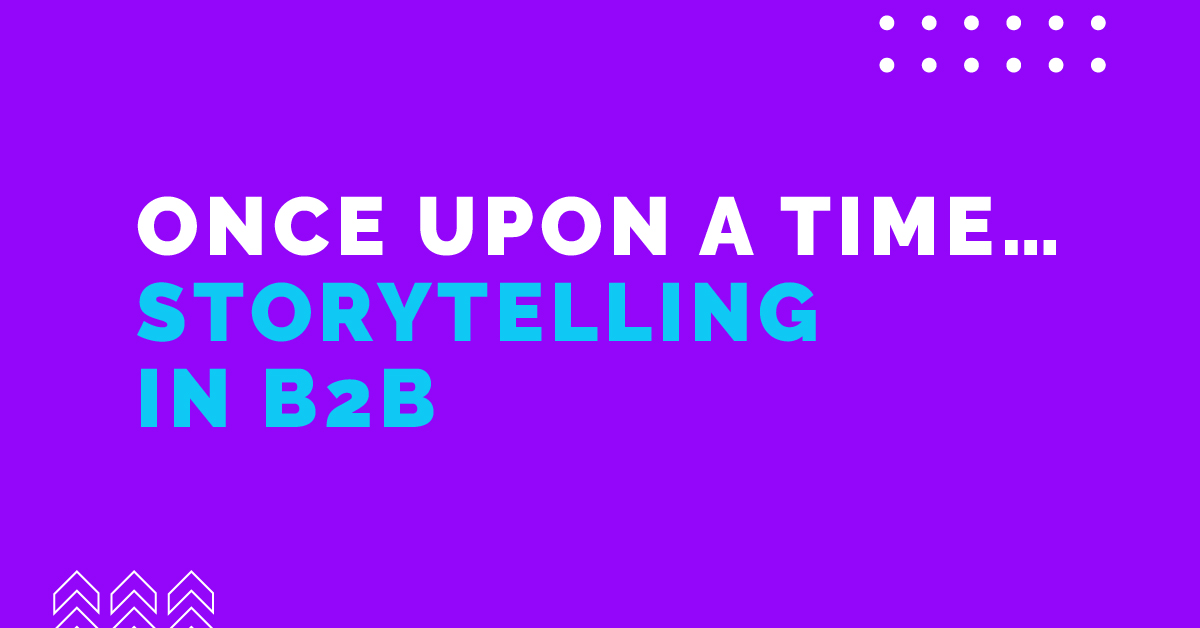
 Who doesn’t like stories? We live in a world surrounded by them; in fact, our life is a story in itself. Companies have recognized the potential storytelling can have and are utilizing it to captivate their consumers and potential customers. What exactly is it, and why does it hold so much opportunity in the Business-to-Business (B2B) world? The solutions to these questions may be found throughout this blog.
Who doesn’t like stories? We live in a world surrounded by them; in fact, our life is a story in itself. Companies have recognized the potential storytelling can have and are utilizing it to captivate their consumers and potential customers. What exactly is it, and why does it hold so much opportunity in the Business-to-Business (B2B) world? The solutions to these questions may be found throughout this blog.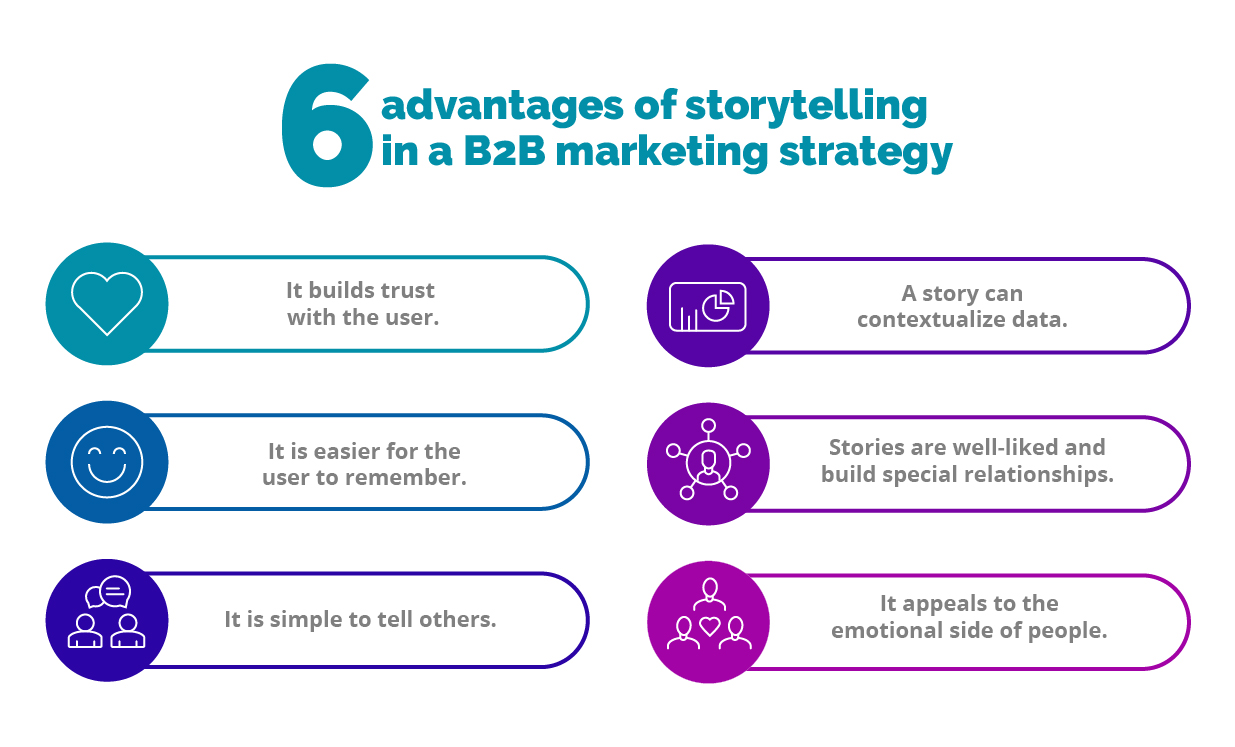 Harness the power of gamification
Harness the power of gamification